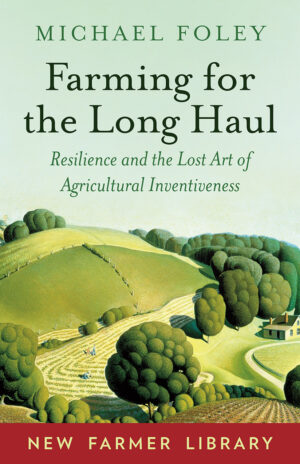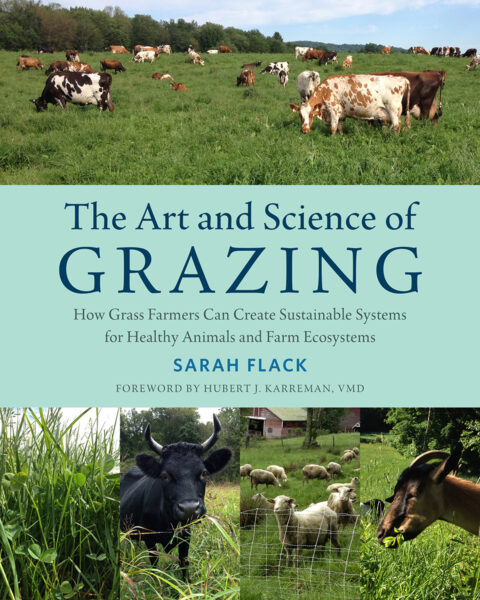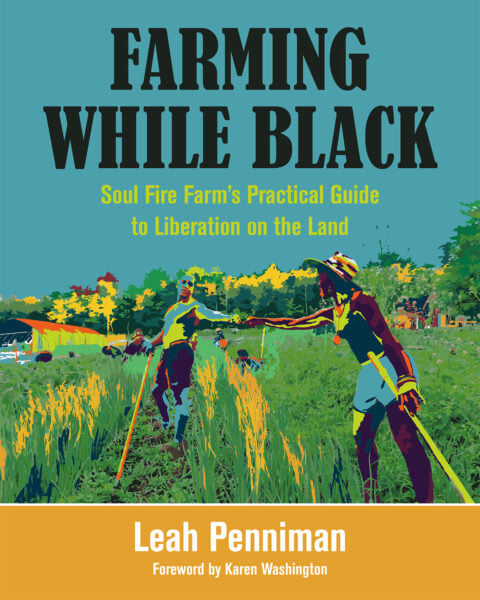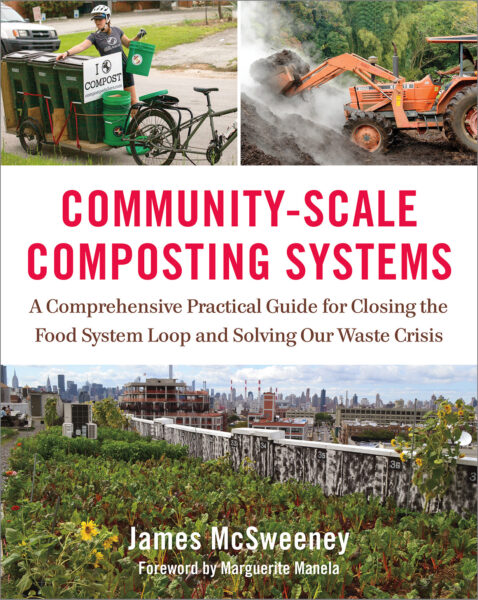Resilience and the Lost Art of Agricultural Inventiveness
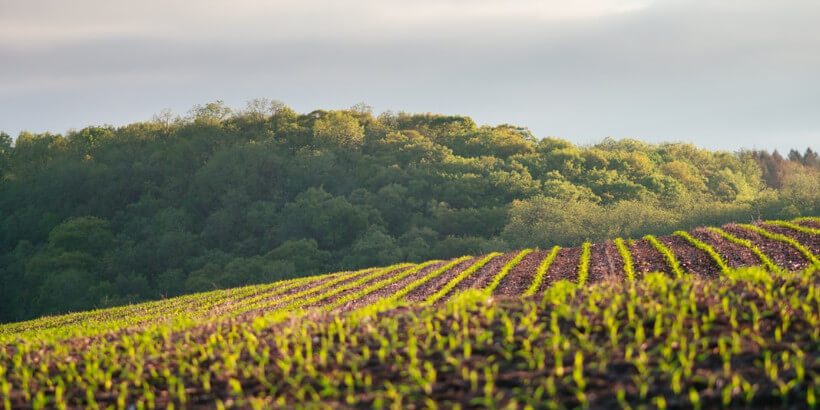
After twenty years in academia, Michael Foley began farming first in southern Maryland, and then in Willits, California, where he, his wife, and oldest daughter currently operate the small, diversified Green Uprising Farm. Foley is cofounder of the School of Adaptive Agriculture, a farmer training and education program where he is a board member and teacher. He currently manages his local farmers market, and has served as vice president of the Mendocino County Farmers’ Market Association.
The following is an excerpt from Farming for the Long Haul by Michael Foley. It has been adapted for the web.
Prefer audio?
Listen to the following excerpt from the audiobook of Farming for the Long Haul.
Food systems are not just about the production, distribution, and processing of foods. They represent distributions of land and power, wealth and poverty, plenty and famine. As farmers we can buy into the food system we are born to and try to rise to the top in a usually losing game, or we can try to change the system and the practice of farming itself.
The contemporary sustainable agriculture movement is an attempt to change one very complex and powerful food system.
But we will fight against odds of our own making, and not just those devised by that system, if we accept its premises, if we suppose there are no alternatives to struggling to make it in the market economy.
And there is a third option: We can return to the norm of the successful agricultural societies of past centuries that were based on a strategy of subsistence first, resilience in the face of both natural and human-made challenges, and continuing invention, and grounded in the reciprocity and fellow feeling of living communities. Understanding the alternatives that human societies have devised in the past is essential to enlarging our vision of farming for the long haul.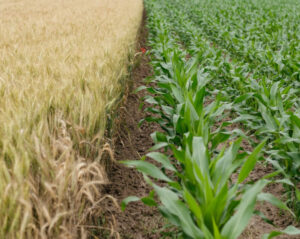
We don’t know what future farming will look like, but if we have a passion for farming, for caring for a piece of land and even reclaiming it from the destruction past human uses have wrought upon it, then we start by doing what we love—what we love and what we know is right. As Wendell Berry often insists, we can’t save the future; we can only do what is right for the present. And as Berry also insists, what is right must be right for the land and the people of the land.
If we have a passion for farming—for producing food not just for ourselves and our families but for others on a sufficient scale to feed them for a time—then we have to farm for production’s sake. Almost inevitably, in today’s circumstances, that means farming for a market of some sort. We may want to build all sorts of reciprocity into that—barter, exchange, giving.
But above all, for the long haul and for right now, we need to build resilience, and that means we have to build a farm that makes economic sense in the here and now.
Doing so, however, does not necessarily throw us back into the sterile logic of the marketplace, the one all those farm advisers venerate. “Economic sense” will depend upon the circumstances that each of us brings to farming: other sources of income, other vocations, our hold on the land we work, and so on. And “economic sense” should include our own livelihoods, not just the profits, and perhaps wages, we wrest from the market.
Here is how Berry accounts the success of his “marginal” farm: “As income I am counting the value of shelter, subsistence, heating fuel, and money earned by the sale of livestock.” Thus, “once we have completed its restoration, our farm will provide us a home, produce our subsistence, keep us warm in winter, and earn a modest cash income. The significance of this becomes apparent when one considers that most of this land is ‘unfarmable’ by the standards of conventional agriculture, and that most of it was producing nothing at the time we bought it.”
Such a farm may or may not produce all the income one currently needs, but it is a farm that produces resilience. It is a farm that will be better equipped to survive the uncertainties of the market economy, may creatively address the implications of climate change, and could provide one small contribution to the resilience of the larger community.
Recommended Reads
Wild Apples, Real Cider, and the Complicated Art of Making a Living
Lessons in Resourcefulness and Craft from an Unusual Christmas Tree Farm
Recent Articles
Interested in growing trees? Here are some tips on successfully planting, transplanting, and pruning trees to create a flourishing forest garden! The following is an excerpt from The Home-Scale Forest Garden by Dani Baker. It has been adapted for the web. Planting Potted Trees and Shrubs If you order potted trees, check with your supplier to…
Read MoreWith the right strategies and practices, composting on a small farm is surprisingly easy and inexpensive. Just follow these steps for making compost, and your farm will be thriving in no time! The following excerpt is from The Lean Farm Guide to Growing Vegetables by Ben Hartman. It has been adapted for the web. (All photographs by Ben…
Read MoreGarlic mustard: while known as “invasive,” this plant can be consumed in its entirety and has great nutritional value. Plus, the garlic-flavor is a perfect addition to any recipe that calls for mustard! The following are excerpts from Beyond the War on Invasive Species by Tao Orion and The Wild Wisdom of Weeds by Katrina…
Read MoreEveryone loves a refreshing, fermented, nutritious drink…even your garden! Take your fermentation skills out of the kitchen and into the garden by brewing fermented plant juice. The following is an excerpt from The Regenerative Grower’s Guide to Garden Amendments by Nigel Palmer. It has been adapted for the web. How to Make Fermented Plant Juice Fermented…
Read MoreWant to see your crops thrive this upcoming growing season? The key is in soil fertility and health. Spend time maintaining your soil’s health to guarantee bigger and better crops come harvest time! The following is an excerpt from No-Till Intensive Vegetable Culture by Bryan O’Hara. It has been adapted for the web. What Is Soil Fertility?…
Read More

